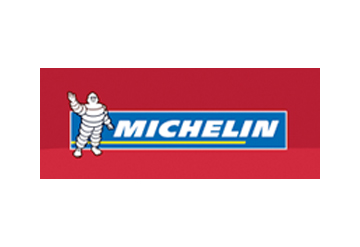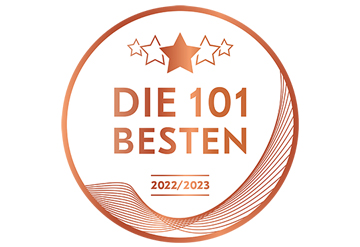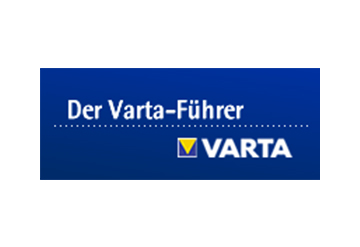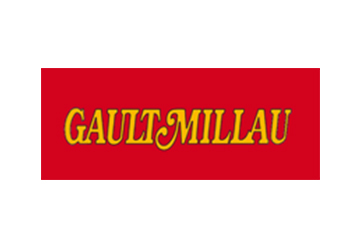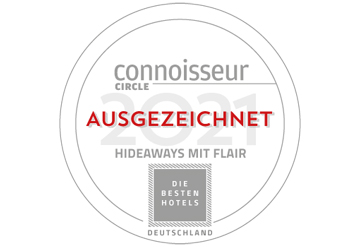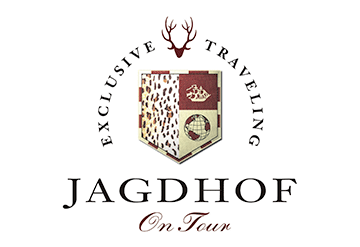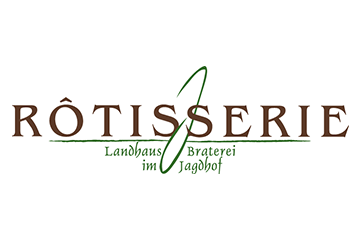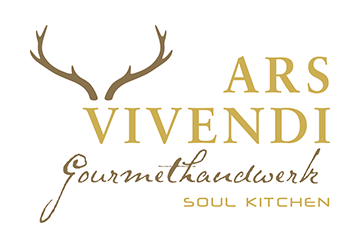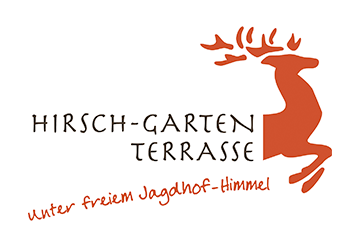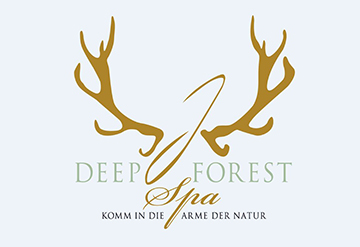Culture
There are many famous castles and fortresses to be discovered in the beautiful countryside around the Jagdhof Glashütte. And if you are lucky, you might even meet a princess…
Siegen upper castle
This castle on Siegberg mountain, first documented in 1259, was the ancestral seat of the Nassau dynasty in the Middle Ages. The Siegerland museum located here since 1905 houses a wonderful collection of regional exhibits, including a visitors’ mine (artificial), and numerous paintings. The highlight is certainly a number of works by Siegen’s most famous son Peter Paul Rubens including several portraits of the Nassau and Orange families. The top floor is dedicated to contemporary living in the nineteenth century, as exemplified by a Siegerland kitchen, a bedroom and several examples of Biedermeier furniture. Siegerlandmuseum, Oberes Schloss zu Siegen - www.siegerland-wittgenstein-tourismus.de
Siegen lower castle
At the end of the seventeenth century the lower castle was built in its open rectangular form. It served as a residence for the evangelical lineage of the Nassau-Siegen dynasty, whose family crypt is to be found here. It also incorporates the “Fat Tower” with carillon. In 1959 the municipality of Siegen erected a memorial here for the victims of war and tyranny. Unteres Schloss Siegen - www.siegerland-wittgenstein-tourismus.de
Ginsburg ruin
Ginsburg was built in the 12th century by the Nassau dynasty for border fortification, and has been undergoing reconstruction since 1961. Its historical importance is documented by a German-Dutch memorial to William of Orange, who gathered his forces here in 1568 for the Netherlands Revolt. An exhibition inside the castle pays tribute to this, and it is also worth ascending the tower. Ruine Ginsburg - www.siegerland-wittgenstein-tourismus.de
Bad Berleburg castle
The castle museum houses parts of the princely art collection, with portraits of the Sayn-Wittgenstein-Berleburg family and extensive collections of weapons, hunting paraphernalia and trophies, together with family uniforms. Particularly notable are also numerous porcelain and engraved glass exhibits of 18th-century German manufacture. Afterwards it is worth taking time to relax in the wonderful castle park. Bad Berleburg - www.siegerland-wittgenstein-tourismus.de
William’s Tower
The Wilhelmsturm was built on the former mountain castle courtyard site between 1872 and 1875 with German-Dutch financing. Princess Marianne of the Netherlands herself contributed 18,000 of the 29,122 thalers total cost. William I of Orange, born here in 1533, erected this tower as a lasting monument to himself. Still the landmark of Dillenburg, it is described by a modern critic as "A combination of calculated romanticism with fundamentally monumental architecture". Today the tower houses a museum whose exhibits mainly deal with the history of the Nassau and Orange-Nassau dynasties. Wilhelmsturm, Dillenburg - dillenburg.de
Marburg Landgrave’s Castle
This majestic castle towering over the old town centre is one of Marburg’s principle attractions.
The most ancient visible parts of the building date back to the thirteenth century, when the first Hessian Landgrave Heinrich I, grandson of St. Elisabeth, built his residence here. The newest part, known as the Wilhelmsbau, was started in 1493 and is now a five-storey building housing the University Museum of Cultural History. In the west wing basement visitors can also see remains of the older fortifications dating back to the ninth and tenth centuries. Marburg, Landgrafenschloss - www.marburg.de
Rubens Collection
Siegerland Museum of Art and Cultural History grew out of the Siegen school museum opened in 1902, and has been located in the upper castle ever since 1905. The highlight is certainly a collection of portraits by Peter Paul Rubens of the Nassau and Orange families. Rubenssammlung - www.siegerland-wittgenstein-tourismus.de
Museum of Modern Art
Siegen Museum of Contemporary Art is dedicated to influential positions in contemporary art ranging from painting, photography and film to spatial and temporal installations. Its main focus is aimed at contemporary art practice and its roots while pursuing the exciting changes in artistic themes and strategies, interrelationships and references prevalent in modern art. The museum's primary objective is to promote and enhance our understanding and appreciation of art while feeling equally committed both to art itself and to our visitors. Museum für Gegenwartskunst - www.siegerland-wittgenstein-tourismus.de
Siegen Theatre
On September 1, 2007 Siegen opened its first theatre – the Apollo Theatre converted from the former Apollo cinema centre. Since 1992 Lÿz Media and Culture Centre has been the setting for small-scale art, cabaret, musical and theatrical performances. About 150 performances take place each season on the two stages here. Apollosiegen, Theater - www.apollosiegen.de
Drehkoite, Girkhausen
A “Drehkoite” (or “Drehkaute”) is a wood turning lathe installed in a 60 - 70 cm cavity beneath the floor. In former times these lathes were mostly in the living area instead of in a separate workshop. This saved heating costs – the living room was not only a workshop, but often a bedroom as well. With the Girkhausen method, still used today, up to five wooden bowls of various sizes can be turned from a single piece of wood with special tools. The lathe is operated manually by a treadboard pedal and a leather belt that rotates the headstock and workpiece. Drehkoite, Girkhausen - www.drehkoite.de
